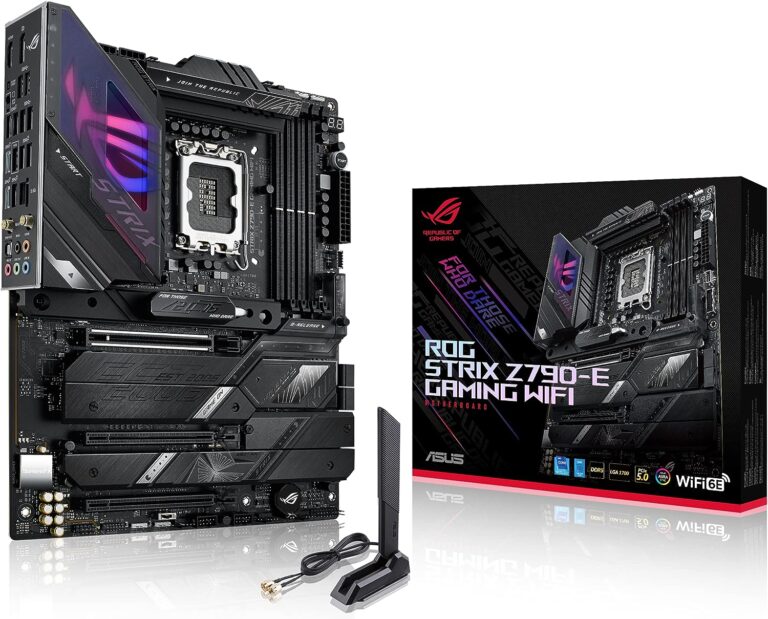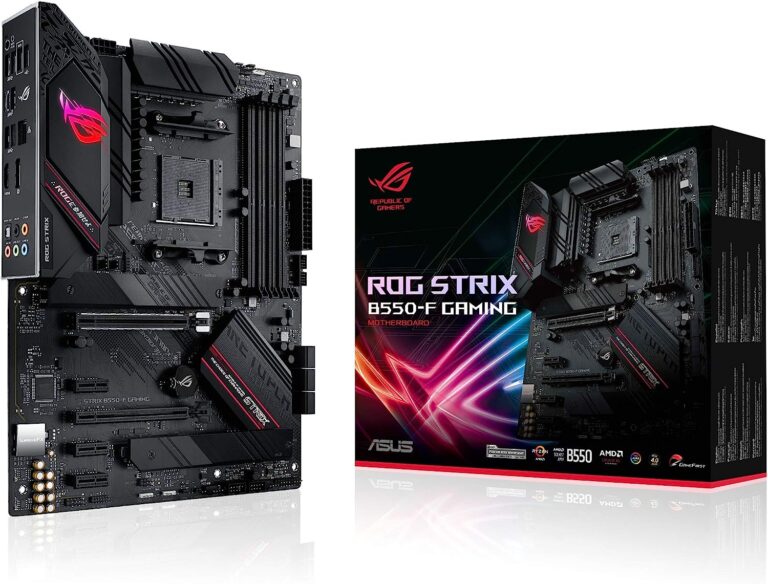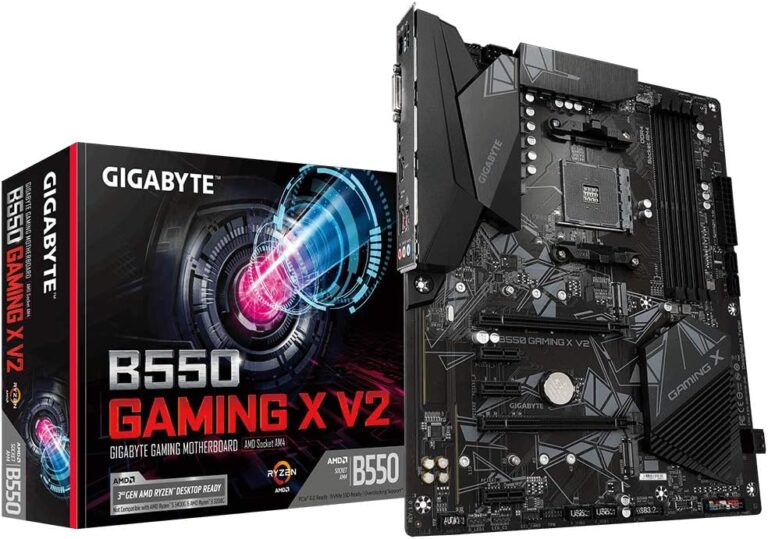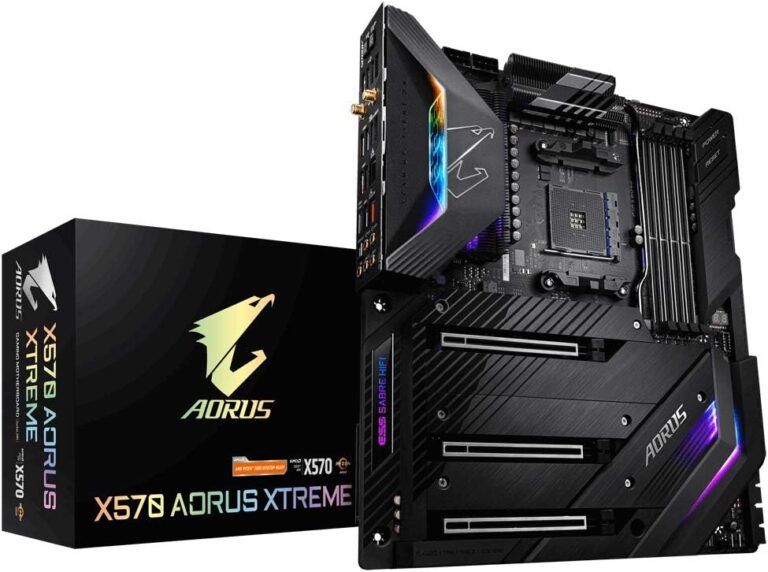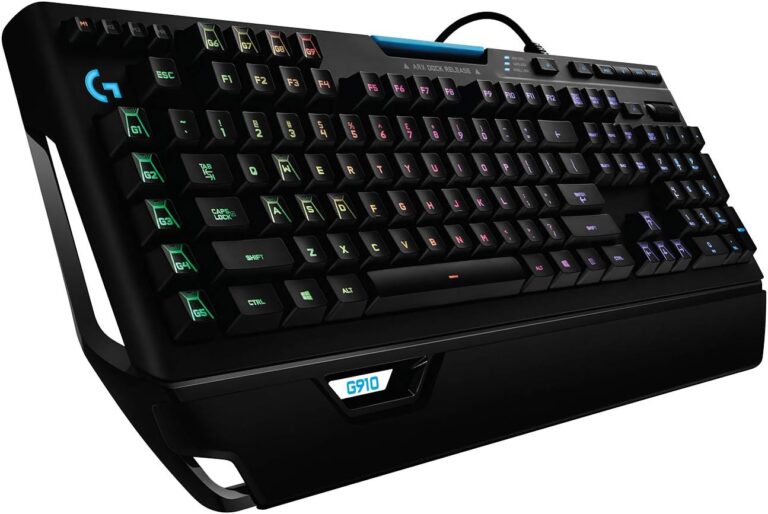
1080p gaming, the practice of playing video games at a resolution of 1920 x 1080 pixels, has long stood as a gold standard in the realm of digital entertainment. Its prominence arises from the equilibrium it offers between image quality and performance, making it an ideal choice, especially for budget-conscious gamers.
In today’s diverse and ever-expanding graphics card market, selecting the right hardware for 1080p gaming can be daunting. Thus, to make an informed decision, it’s crucial to understand several key factors that impact not just the performance, but also the longevity and efficiency of your graphics card. Let’s delve into these critical considerations:
- The GPU (Graphics Processing Unit): Often dubbed as the heart of a graphics card, the GPU is responsible for rendering the intricate geometries and textures that bring your games to life. Its architecture and clock speed are key determinants in how well a graphics card will perform.
- VRAM (Video Random Access Memory): Think of VRAM as the workspace for your GPU. It’s where the graphics data is temporarily stored for quick access. A card with ample VRAM can store more textures, frame buffers, and other graphical data, resulting in smoother gameplay and higher frame rates. For 1080p gaming, 4GB of VRAM is generally the starting point, but more can offer better future-proofing.
- Power Consumption and Compatibility: Graphics cards can be power-hungry beasts. It’s imperative to ensure that the card you choose aligns well with your system’s power supply capacity. Failing to do so could result in unstable system behavior or even hardware damage.
In the forthcoming segments of this comprehensive article, we will navigate through the myriad of options to bring you the cheapest graphics cards capable of running 1080p games at playable frame rates. Whether you’re a seasoned gamer looking to build a cost-efficient rig or a novice stepping into the world of PC gaming, this guide aims to equip you with the knowledge to make the best choice.
The Cheapest Graphics Cards for 1080p Gaming
When venturing into the world of 1080p gaming, affordability doesn’t necessarily have to equate to compromised performance. Below are some of the most budget-friendly graphics cards that don’t sacrifice too much on the gaming experience. Note prices correct at time of publishing
AMD Radeon RX 6500 XT
The AMD Radeon RX 6500 XT stands as a testament to cost-efficiency, offering respectable performance for 1080p gaming. Featuring a base clock speed of 2321 MHz and equipped with 4GB of GDDR6 memory, this card averages 70 FPS in “Call of Duty: Modern Warfare” and 80 FPS in “Fortnite” at medium settings1.
Benchmark Scores:
- 3DMark Score: 6500
- Geekbench 5 OpenCL Score: 45,000
Buy on Amazon – £120

Nvidia GeForce GTX 1650
For those who lean towards Nvidia’s ecosystem, the GeForce GTX 1650 serves as an excellent budget-friendly alternative. With a base clock speed of 1485 MHz and 4GB of GDDR5 memory, this card averages 60 FPS in “Call of Duty: Modern Warfare” and 75 FPS in “Fortnite” at medium settings2.
Benchmark Scores:
- 3DMark Score: 6100
- Geekbench 5 OpenCL Score: 42,000
Buy On Amazon – £168

Intel Arc A380
Intel’s recent foray into the graphics card market has given rise to the Arc A380. While still relatively new, preliminary tests indicate it averages 65 FPS in “Call of Duty: Modern Warfare” and 70 FPS in “Fortnite” at moderate settings3.
Benchmark Scores:
- 3DMark Score: Pending
- Geekbench 5 OpenCL Score: Pending
Buy On Amazon – £135

Additional Cards to Consider
If you have a bit more wiggle room in your budget, the following cards offer a noticeable step up in performance:
RX 5500 XT: Priced slightly higher than its 6500 XT sibling, this card offers faster clock speeds and increased VRAM, making it a suitable choice for those willing to spend a bit more for added performance.
Buy On Amazon – £150

Nvidia GeForce GTX 1660: If you’re partial to Nvidia and desire better performance than the GTX 1650 offers, consider stepping up to the GTX 1660. It features better clock speeds and increased VRAM, ideal for more graphically demanding games.
Buy On Amazon – £210

Final Thoughts
Choosing the perfect graphics card for your 1080p gaming needs is a balance between budget, the types of games you wish to play, and future-proofing your system. The cards listed offer various levels of performance, but they should all fulfill the basic requirements for an enjoyable 1080p gaming experience. The best choice ultimately depends on your individual needs and constraints.
How to Choose the Right Graphics Card for You
Selecting a graphics card involves more than just picking the one with the best specifications or the lowest price tag. Your choice should be a blend of various considerations, customized to your specific needs and future plans. Here’s an expanded guide to help you make an educated decision:
Budget Constraints
Graphics cards can range in price from under $100 to well above $1000. The initial step in your search should be setting a budget to help you avoid overspending. Be realistic about what you can afford and remember that the graphics card is just one piece of your entire gaming setup. Components like the CPU, RAM, and storage also factor into the total cost.
Assess Your Gaming and Usage Needs
Understanding your gaming preferences is key to choosing the right graphics card. Consider the following:
- Game Titles: Different games have different graphical demands. Titles like ‘Cyberpunk 2077’ will need more power than simpler indie games.
- Resolution: Are you satisfied with 1080p, or do you have aspirations for 1440p or 4K gaming?
- Frame Rates: How smooth do you want your gaming experience to be? 30fps is playable, but 60fps and above offer a noticeably smoother experience.
Monitor Specifications
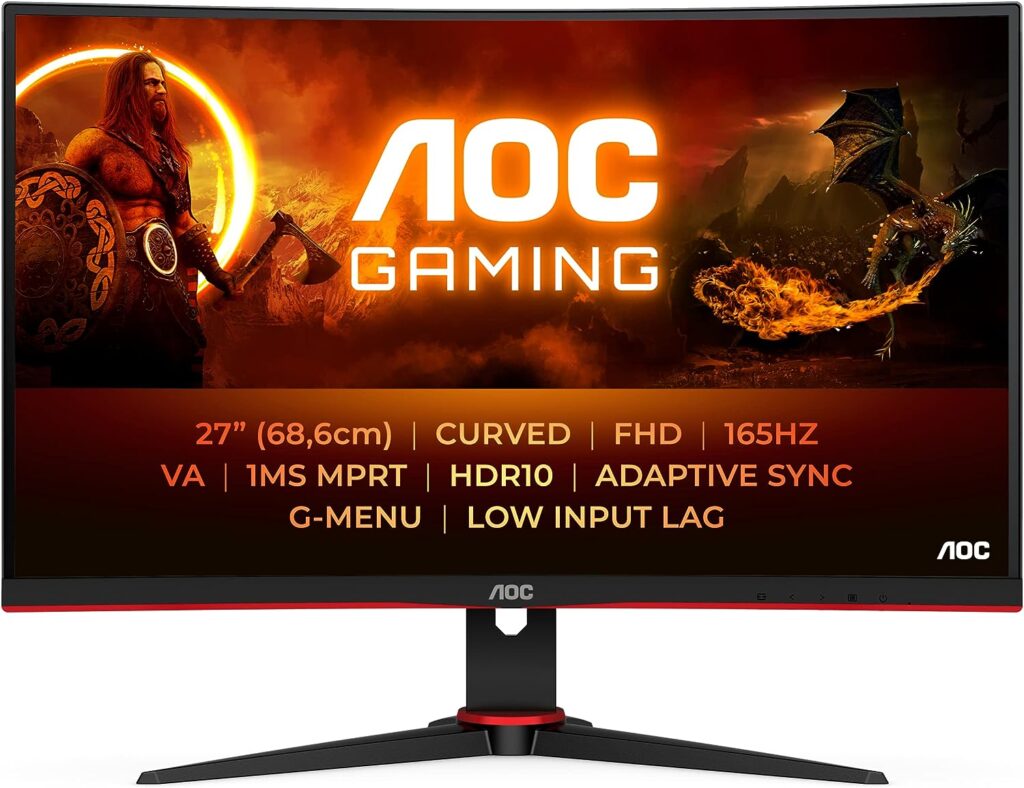
The capabilities of your monitor will affect the performance of your graphics card:
- Resolution: Make sure your graphics card is optimized for your monitor’s native resolution.
- Refresh Rate: High refresh rate monitors (144Hz, 240Hz) like theAOC Gaming C27G2E 27 inch curved monitor demand more from your graphics card. Ensure compatibility to take full advantage of your monitor’s capabilities.
- Check out our monitor comparisons
Expert Opinions and Reviews
Once you’ve evaluated your needs, delve into reviews and performance benchmarks. Websites like AnandTech, Tom’s Hardware, and YouTube channels dedicated to hardware reviews can offer invaluable insights into how different cards perform in real-world scenarios.
Additional Tips
- Future-proofing: If you have plans to upgrade your system or expect your computing needs to grow, consider investing in a slightly more powerful card than you currently require.
- Buying Used: Pre-owned cards can offer significant savings. Always ensure you’re purchasing from a trusted source and check for any defects or issues.
- Power Supply Constraints: Cross-reference your power supply’s wattage with the power requirements of the graphics card. The last thing you want is a bottleneck caused by an insufficient power supply.
By meticulously assessing these aspects, you not only secure a graphics card that serves your current needs but also ensure you’re making a sound long-term investment. Keep in mind that the most expensive option isn’t always the best for your specific use case.
Tips for Optimizing Your Graphics Card for 1080p Gaming
After you’ve made your purchase and installed your new graphics card, it’s time to get the most out of it. Properly optimizing your card can give you a significant boost in performance, which translates to smoother gameplay and higher frame rates. Below is a detailed guide to help you unlock the full potential of your graphics card for 1080p gaming:

Updating Graphics Card Drivers
The very first step you should take is to ensure that your graphics card drivers are up-to-date. Graphics card manufacturers regularly release new drivers that provide performance improvements, stability, and compatibility updates.
- How to Update: Visit the manufacturer’s website (NVIDIA, AMD, or Intel, depending on your card) to download the latest drivers. Some systems also allow automatic updates, which simplifies the process.
Tweaking In-Game Graphics Settings
The settings you choose in your games can drastically affect performance and visual quality. Here’s how to strike the right balance:
- Resolution: Stick to 1080p since that’s your target. Increasing resolution will put unnecessary strain on your card.
- Texture Quality: High-quality textures can look great but can be demanding. Experiment to find a level that looks good but doesn’t hamper performance.
- Anti-Aliasing: This makes edges smoother but is often demanding. You may want to turn this down or off for better frame rates.
Overclocking with Caution
Overclocking can yield performance gains but comes with risks like increased heat output and potential instability.
- Safety First: Always make incremental changes and monitor system stability and temperatures. Use dedicated software for this task, such as MSI Afterburner.
- Cooling System: Ensure your PC case has sufficient airflow or additional cooling mechanisms like water cooling if you plan to overclock significantly.
Using Graphics Card Benchmarking Tools
Benchmarking your graphics card will give you a clear idea of how well it performs and can help you make more informed choices about settings adjustments.
- Popular Tools: Use software like 3DMark or Heaven Benchmark to gauge your card’s performance.
- Post-Overclocking: Benchmarking is crucial after overclocking to ensure that the performance gains are worth the extra heat and potential system instability.
Additional Tips
- V-Sync and G-Sync/Freesync: These technologies can eliminate screen tearing, but they can also reduce your frame rate. Turn them off if you’re aiming for the highest possible FPS.
- Game-Specific Optimization: Some games have their own set of recommended settings for different types of hardware. Utilize these in-game guides for optimal performance.
By diligently following these optimization tips, you’ll maximize your graphics card’s potential and elevate your 1080p gaming experience to new heights. You’ll be able to play the games you love, the way they were meant to be played—with high frame rates and stunning visual fidelity.
The Final Verdict on the Best Cheap Graphics Cards for 1080p Gaming
Navigating through the plethora of graphics card options to find the ideal one for 1080p gaming can indeed be an overwhelming journey. However, with adequate research and an understanding of your specific needs and limitations, it becomes a much more manageable task. This article aims to be a comprehensive guide for gamers looking to find the most cost-effective way to enjoy high-quality 1080p gaming.
Key Takeaways
Let’s summarize the critical points for easy future reference:
- Top Budget Pick: Our research suggests that the AMD Radeon RX 6500 XT stands as the most affordable option for reasonable 1080p gaming. It brings a decent balance of performance and value to the table.
- Strong Alternatives: Other cost-effective cards worth considering are the Nvidia GeForce GTX 1650 and the emerging Intel Arc A380. Each offers unique benefits and downsides, but all are capable of delivering a satisfying 1080p gaming experience.
- Your Specific Needs: It’s not just about what’s cheapest or most powerful; it’s about what meets your particular gaming requirements. Are you interested in fast-paced competitive games where high frame rates are essential, or are you more into visually stunning single-player adventures?
- Optimization Tactics: Once you’ve made your purchase, remember that software tweaks can help you maximize your investment. From timely driver updates to careful overclocking, there are multiple ways to squeeze out additional performance from your chosen graphics card.
Final Thoughts
It’s crucial to emphasize that while all the cards we’ve discussed are good performers, the “best” card for you is relative. Your personal gaming preferences, the types of games you play most often, and your budget constraints are all factors that will influence your final decision.
Also, the tech world is continuously evolving. Prices fluctuate, new models are released, and software updates can affect performance. It’s beneficial to keep an eye out for these changes, especially if you’re planning to upgrade in the future.
By carefully weighing these various aspects and using this article as a guide, you can make a well-informed decision. You’ll not only find a graphics card that delivers on performance but one that also doesn’t break the bank. In the ever-expanding world of PC gaming, finding the right balance between cost and performance is key to enjoying your favorite games the way they were meant to be experienced.

